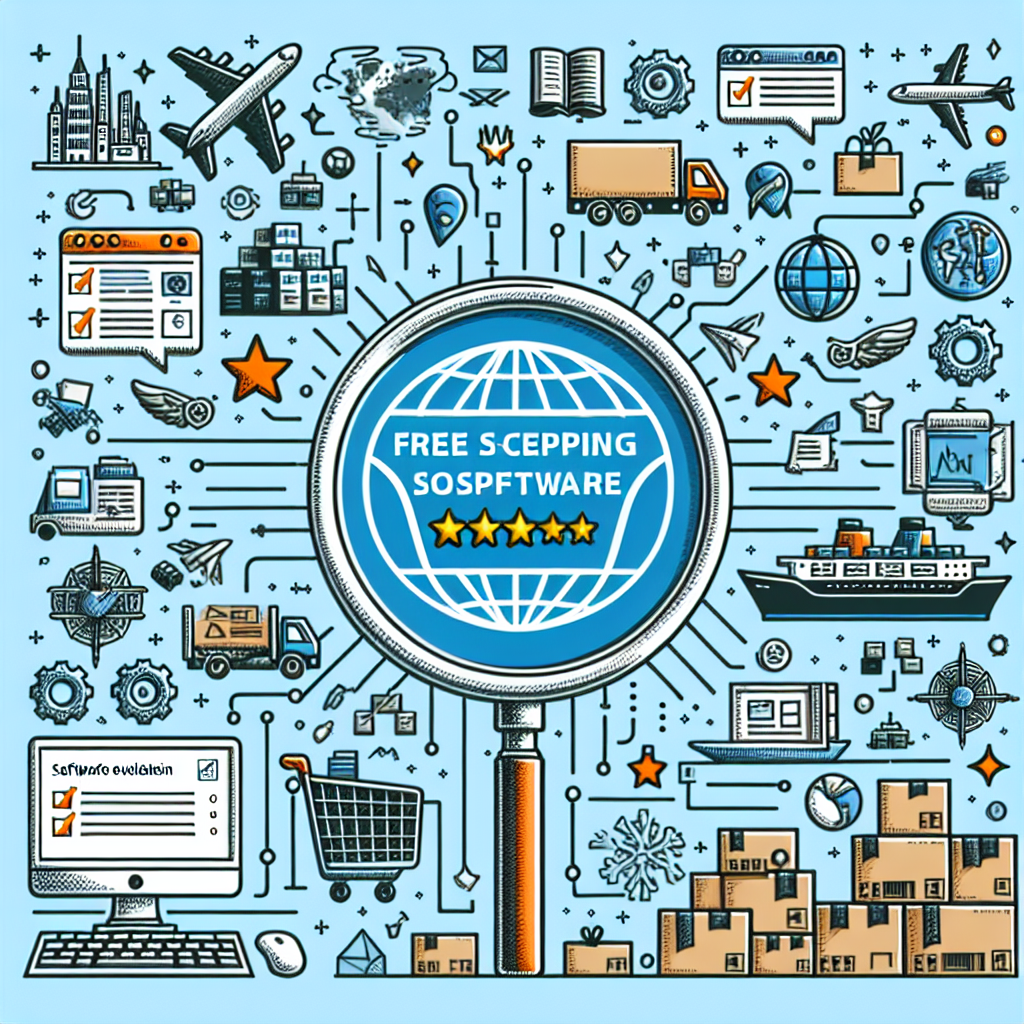In the competitive world of e-commerce, offering free shipping has become a standard practice to attract and retain customers. However, managing the logistics and costs associated with free shipping can be challenging for online retailers. This is where free shipping software comes into play, helping businesses streamline their shipping processes and optimize their operations. If you’re looking to choose the best free shipping software for your e-commerce business, here are some key factors to consider:
1. **Integration with E-commerce Platforms**: The first thing to consider when choosing free shipping software is its compatibility with your existing e-commerce platform. Make sure the software seamlessly integrates with your website or marketplace to automate the shipping process and provide real-time shipping rates to customers.
2. **Shipping Carriers Integration**: Look for software that supports integration with multiple shipping carriers such as UPS, FedEx, USPS, DHL, etc. This will give you flexibility in choosing the most cost-effective and reliable carrier for each shipment.
3. **Automated Shipping Rules**: A good free shipping software should allow you to set up automated rules based on various parameters such as order value, weight, destination, etc. This will help you offer free shipping selectively on certain products or orders that meet specific criteria.
4. **Real-Time Shipping Rates**: Ensure that the software provides accurate real-time shipping rates to customers at checkout. This transparency builds trust with customers and helps in reducing cart abandonment rates.
5. **Order Tracking and Notifications**: Choose a software that offers order tracking features so that both you and your customers can track shipments in real-time. Automated notifications about order status updates can also enhance the customer experience.
6. **Reporting and Analytics**: Opt for a free shipping software that provides detailed reporting and analytics tools to help you track shipping costs, delivery times, customer satisfaction levels, etc. These insights will enable you to make data-driven decisions and optimize your shipping strategy.
7. **Customer Support**: Consider the level of customer support provided by the software vendor. Responsive customer support is crucial in case you encounter any issues or need assistance in setting up and using the software effectively.
8. **Scalability**: As your e-commerce business grows, your shipping requirements will also evolve. Choose a free shipping software that can scale along with your business needs without compromising on performance or features.
9. **Cost-Effectiveness**: While the software itself may be free, consider other costs such as transaction fees or additional charges for premium features. Evaluate the overall cost-effectiveness of the software based on your budget and requirements.
By considering these factors and conducting thorough research on available options, you can choose the best free shipping software that aligns with your e-commerce business goals and enhances your overall customer experience.


Leave a Reply